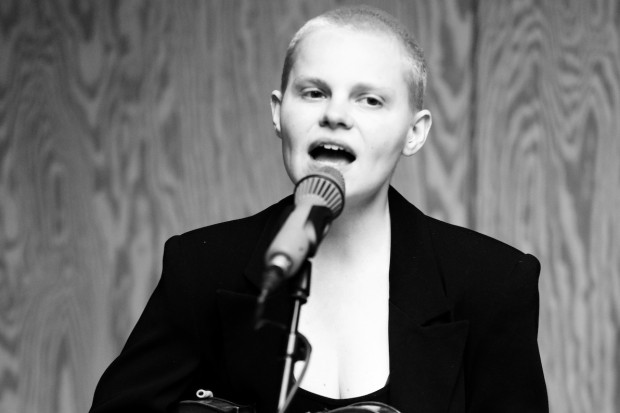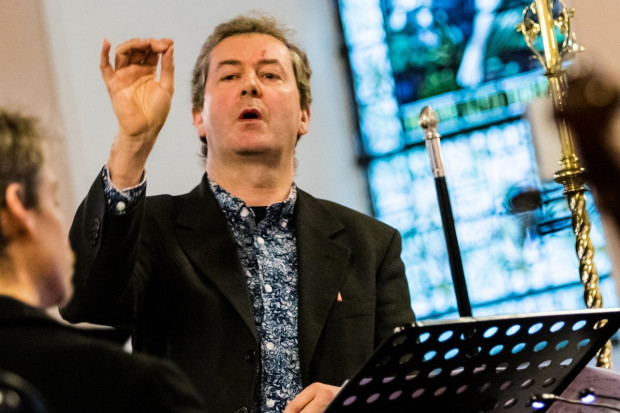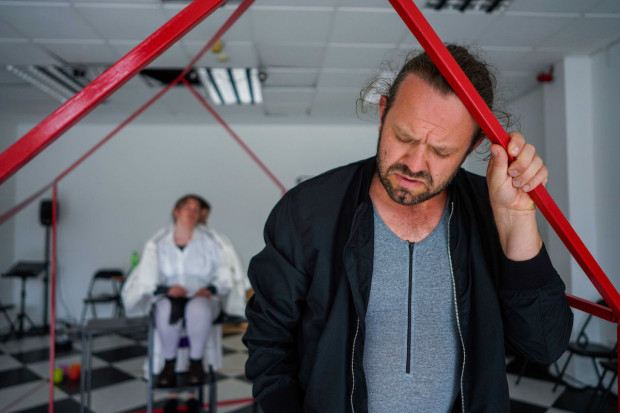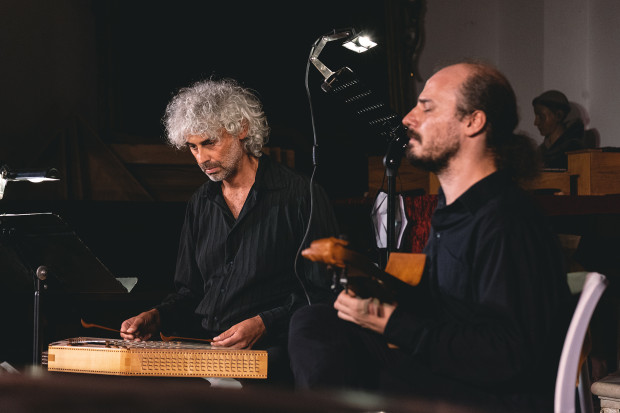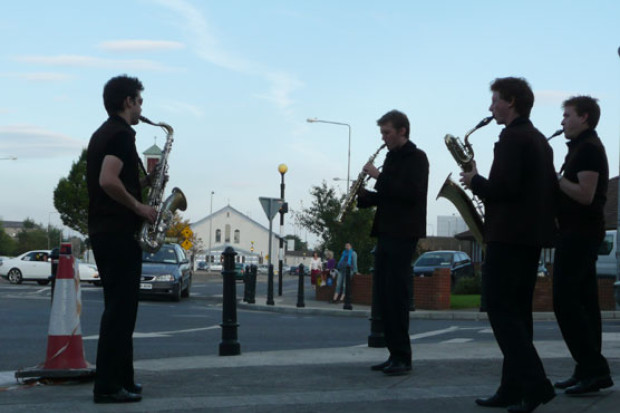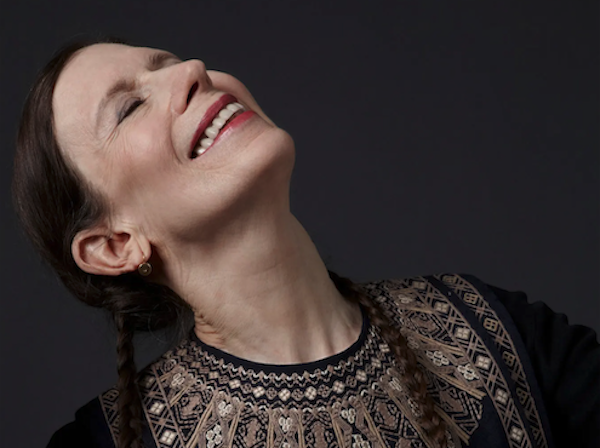
Meredith Monk
We Hear Life Persist: Meredith Monk at the National Concert Hall
Last Tuesday, 13 February, saw Meredith Monk take the main stage at the National Concert Hall, Dublin. This was the iconoclastic New York-based composer’s first performance in Ireland in over 23 years; to be precise, as she told the audience at the start of the concert, her last Dublin concert took place around the time of the twin towers attacks.
Monk, an artistic polymath whose almost 60-year career incorporates composition, singing, dance, and even filmmaking, is the sort of musician who draws a devoted following, and I was surprised to see the main auditorium of the National Concert Hall only about half full for the performance. But there was from those in attendance a clear buzz of excitement, with an extended hush falling over the audience before she took the stage.
There aren’t many composers as deeply aware of the capacity of the human voice as Monk is, and her career has broadly been an exploration of the voice itself, finding and developing multifarious extended techniques. After a brief introduction, she performed two early songs alone, ‘Wa-lie-oh’ from Songs from the Hill and ‘Click Song #1’. The former is a little bubble of joy, incorporating melodic fragments, whistle-register whoops, and a bounding freedom of rhythm, while the latter, ‘a duet for solo voice’, is a hummed tune with percussive accompaniment from tongue clicks. Later, ‘Panda Chant’ from her opera The Games featured mimicked birdsong, while ‘The Tale’ had shrieks and laughter.
Groove-driven arpeggiated lines
After the first two songs, Monk was joined on stage by Allison Sniffin and Katie Geissinger of her vocal ensemble. Together they performed a number of songs, with each of the three occasionally taking up office at one of a handful of electronic keyboard instruments placed around the stage. The instrumental accompaniments tended to be fairly transparent and simple, usually groove-driven arpeggiated lines that served as a frame for the voice. Monk’s music is vocal, first and foremost.
But her work also incorporates movement, inspired by youthful experiences with the Dalcroze method, which gives much of her performance an air of rituality and meticulousness. Most songs are also a slow, precise dance, and even in stillness – arranged in a triangle for ‘Cellular Songs’ or gathered tightly behind a keyboard for ‘Panda Chant’ – there’s a sense of controlled articulation.
But there’s also joy. The singers clearly know each other well enough that their interaction, though choreographed, feels spontaneous, and even when the music is at its darkest, it’s still always life-affirming and hopeful. In the two songs from The Games, an opera about the recurring rise of fascism, we hear language survive in fragmented form; we hear bird calls and jungle sounds. We hear life persist.
Monk’s music is born in, but doesn’t necessarily derive from, the classical tradition. It seems to come from a place counter to the patriarchal structure of the society she lives in, emphasising collaboration and generosity. Monk acknowledged this herself, in a 2019 interview with the Los Angeles Times, but you can see it even in the name of her performing group; other New York composers working in the 60s formed eponymous groups like the Philip Glass Ensemble and the Steve Reich Ensemble, but Monk’s goes by ‘Meredith Monk and Vocal Ensemble’. That ‘and’ is important, I think. It designates the ensemble singers as colleagues rather than interpreters.
The closing songs were written at vastly different parts of Monk’s career, but both seemed appropriate for the event (and not just because they were rare examples with clear words in English). The first, ‘Happy Woman’, derives from her recent collection, Cellular Songs, and by dint of changing adjectives (‘Woah, I’m a happy woman’ becomes ‘sassy woman’, ‘greedy woman’, ‘quiet woman’, ‘angry woman’, and so on) is an internal exploration seen from outside. And in ‘The Tale’, first released alongside 1981’s Dolmen Music, she sings as a woman bargaining with Death not to take her because she still has so many possessions (hands, mind, money, telephone) and thus so many reasons to live. You can see the influence of Monk’s Buddhism in the way these songs are linked across her career, in the young Monk’s parody of an old woman shrilly clinging to life, and Monk, now 81, reflecting serenely on life’s multifaceted reality. These songs show the dissatisfaction of having and wanting, and the satisfaction of understanding and being. And maybe that’s part of why she draws the devotion she does: she understands music as not a possession to be had, but an experience to be shared.
Visit www.meredithmonk.org.
Subscribe to our newsletter.
Published on 20 February 2024
Brendan Finan is a teacher and writer. Visit www.brendanfinan.net.










